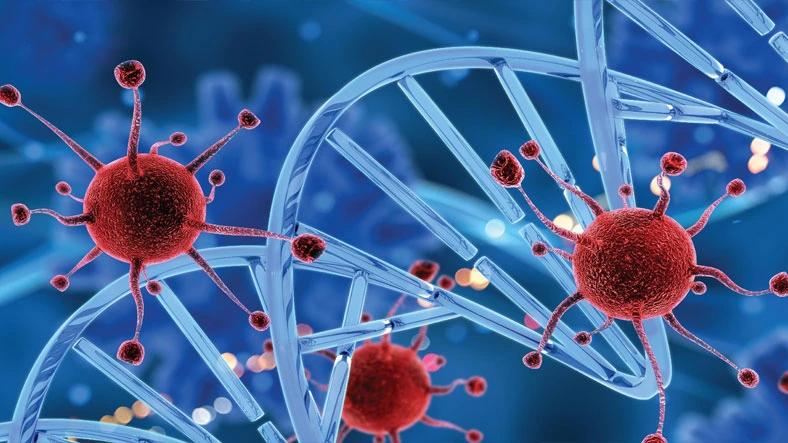KEY TAKEAWAYS
- Embark on a comprehensive phase I/II clinical trial to evaluate the biological changes observed in sequential tissue biopsies from patients with resectable locally advanced OSCC treated with durvalumab and tremelimumab.
- The primary endpoint is the difference in CD8+ lymphocyte infiltration density (TIL) and the percentage of remaining viable tumor cells in tumor tissue, and the secondary endpoints are OS and the analysis of PBMCs and plasma using scRNA-seq.
- Surgery was unaffected by ICI toxicity, and 50% of patients, with no notable distinction between treatment arms, encountered at least one severe AE.
Many clinical trials have shown that immunotherapy with immune checkpoint inhibitors (ICIs) has the potential to induce durable tumor responses in patients with oropharyngeal squamous cell carcinoma (OSCC). The study explored how durvalumab and tremelimumab affect the biology of OSCC by evaluating sequential tissue biopsies from patients who received these drugs.
In this study, esteemed Stage IV OSCC was among the eligibility criteria. The two treatment arms were delineated as Arm A, involving the administration of durvalumab (1500 mg) on day -14, followed by 6 cycles of adjuvant treatment, and Arm B, encompassing the combination of durvalumab (1500 mg) and tremelimumab (75 mg) on day -14, also with 6 cycles of adjuvant treatment.
The primary endpoint examined the biological response in tumor tissue, measured by the difference in CD8+ lymphocyte infiltration density (TIL) and the percentage of remaining viable tumor cells. Secondary endpoints included RECIST v1.1 assessment, OS, PBMC and plasma analysis, and scRNA-seq. This was an open-label, prospective, stratified Phase I/II study.
A total of zero ICI-related toxicities impeded surgery, with 50% of patients encountered at least one severe AE. No disparity emerged between both arms. The 2-year OS stands at 64% in arm A and 80% in arm B. Both arms exhibited a notable increase (p = 0.01) in TILs. A significant reduction in viable tumor cells was observed (p < 0.01), with no objective pathological response showing a> 50% decrease in viable tumor cells. T-cell expansion demonstrated variability, yet a positive correlation with radiologic tumor shrinkage was evident (p < 0.001). T-cell addition proved tumor-specific (p = 0.749).
Differential gene expression analysis of expanding T cells revealed heightened expression of effector/activation markers and immune cell homing, alongside reduced expression of naïve and immune regulatory markers. Profiling lymph nodes showed the addition of aCTLA4’s influence, priming CD4+ naïve T cells and triggering expansion. PD-1 expression increased in CD4+ and CD8+ T cells, accompanied by upregulated activation markers after ICI. Two predictive baseline plasma factors for clonotype response were identified: LAG-3 and B7.2(CD86).
Neoadjuvant ICI treatment is safe for OSCC patients, but adjuvant treatment may cause more toxicity. Response to ICI is continuous and linked to tumor shrinkage. Combination therapy expands both CD4+ and CD8+ T cells.
Source: https://ascopubs.org/doi/10.1200/JCO.2023.41.16_suppl.6081
Clinical Trial: https://www.clinicaltrials.gov/study/NCT03784066
Michel Bila, Paul M. Clement, Diether Lambrechts, Vincent Vander Poorten, Sigrid Hatse, Jeroen Van Dessel, Esther Hauben, Amelie Franken, Vincent Vandecaveye, Karolien Goffin. DOI 10.1200/JCO.2023.41.16_suppl.6081, J Clin Oncol 41, 2023 (suppl 16; abstr 6081)



